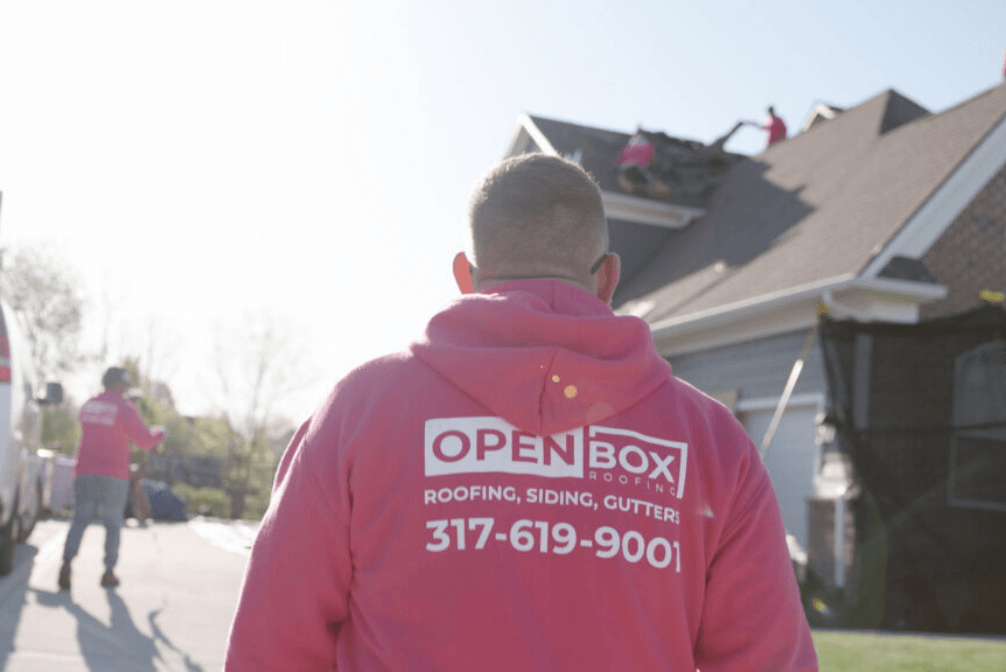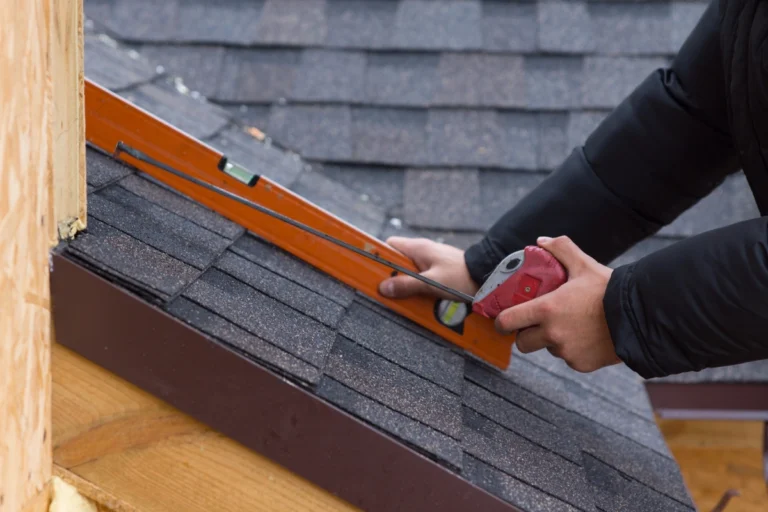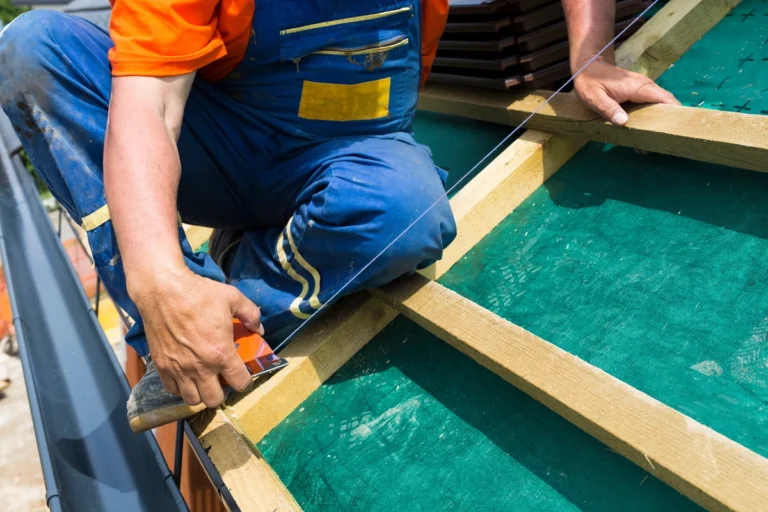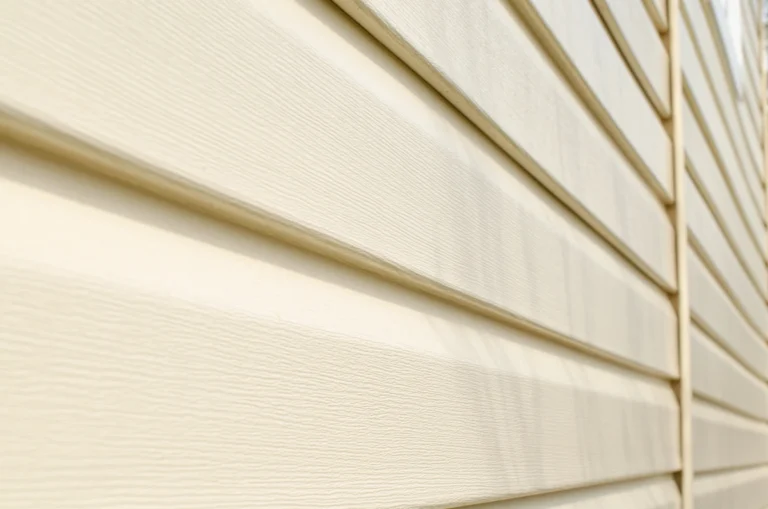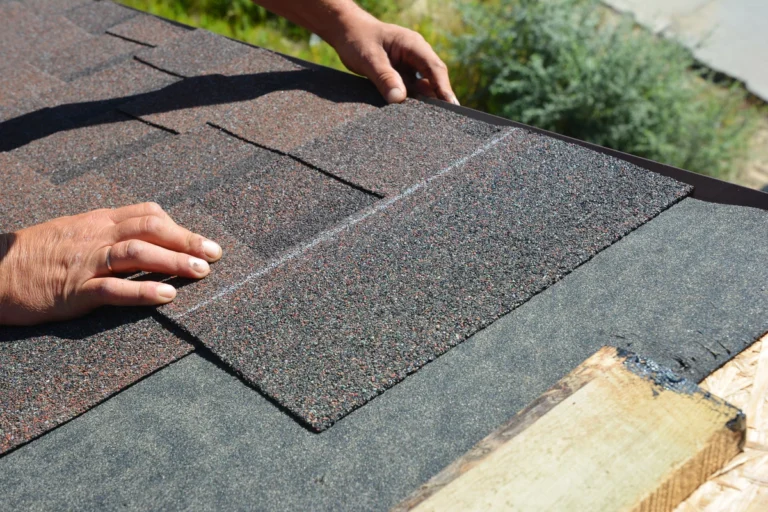When it comes to roofing projects, one crucial step that can make or break your success is accurately measuring the square footage of your roof. With the proper measurements, you can save time and money and avoid costly mistakes when you choose materials and install a new roof.
In this comprehensive step-by-step guide on measuring a roof, we will walk you through everything from correct roof measurements to using cutting-edge technology for precise calculations. Then, contact a roofing contractor for professional advice.
Importance of Measuring a Roof
Accurate roof measurements play a critical role in the success of any roofing project. By determining the actual square footage of your roof, you can ensure that you are purchasing the correct amount of materials.
Safety is another crucial consideration when measuring a roof. Properly assessing the ground-level dimensions or using innovative technology like satellite imagery allows a roofing contractor to take appropriate safety precautions.
Finally, understanding the importance of measuring different types of roofs – such as flat roofs, gabled roofs, or hip roofs – will help ensure that each section is adequately covered with shingles or other roofing materials based on specific requirements.
Understanding Roof Measurements
Before measuring the square footage roof, it’s crucial to understand the different measurements involved. In the roofing industry, you’ll need to know three types of measurements: length, width, and slope.
Length and width are the first measurements to calculate in roofing projects. To calculate your roof’s square footage, simply multiply its length by width. However, some roofs can be more complex than others.
The third essential measurement in understanding roofs is their slope or pitch – this refers to how steeply the roof angle inclines from horizontal ground level up toward its peak.
The roof pitch determines how much material will be needed (as steeper slopes require extra shingles). The slope is generally represented as a ratio (e.g., 4:12), where ‘4’ indicates that for every 12 inches horizontally across your home’s foundation footprint (‘run’), there will be a vertical change (‘rise’) of 4 inches up towards the top ridge line over that same distance (“length”).
Tools Needed for Measuring a Roof
Having the right tools on hand is essential to measure a roof accurately. You will need a reliable tape measure to obtain precise square footage measurements.
Various types of measuring tape are available in the market; however, a 25-foot or longer retractable metal tape with both standard and metric units would be ideal.
In addition to a tape measure, other necessary tools include a notepad and pencil for documenting each of your findings as you go along. Finally, a sturdy ladder is crucial for safely accessing different parts of your roofing structure.
While these essential tools are indispensable when manually measuring roofs, evolving technology offers various digital solutions. For example, roofing calculator apps can assist with automating calculations throughout the process, making it easier than ever before.
How to Measure a Flat Roof
Measuring a flat roof doesn’t require any complex calculations. The first step is to measure the length and width of each plane on the roof, including dormers, if there are any.
Once you have those measurements, multiply them to get the square footage of that section of your roof.
Most roofing contractors typically calculate extra materials needed by adding 10% more than estimated. A ground-level measuring tape can help you take accurate measurements quickly and efficiently.
How to Measure a Gable Roof
Measuring a gable roof requires finding the pitch of the roof, which is the angle between the ridge and the sloping surface. Place a ladder at one end of your house to measure this angle and climb up to inspect one side of your gable roof.
Next, use a measuring tape or laser range finder to measure both sides of your gable roof from eave edge to eave edge.
Calculating slope, height, and width can be tricky, so double-check all measurements before proceeding.
How to Measure a Hip Roof
Measuring a hip roof may seem daunting, but it can be done accurately with the right tools and techniques. First, determine the length of one rafter, from bottom to top, by measuring along its slope. Then, measure the span of the roof from end to end at its longest point.
To calculate the roofing materials needed for this complex roof, you must break it down into separate planes or sections. Measure each section separately and then add them for a more accurate estimate.
Common Mistakes to Avoid When Measuring a Roof
Accurately measuring a roof is crucial to ensure you have enough materials for your roofing project and avoid costly mistakes.
One of the most common mistakes people make when measuring their roof is not considering the pitch or slope of the roof or the overhangs or eaves. These areas often need to be included in your calculations as they add to the total square footage and can affect the surface area that needs to be covered.
It’s also essential to take appropriate safety precautions when measuring the square footage of your roof, such as using a sturdy ladder and wearing non-slip shoes. If you’re uncomfortable with heights, consider hiring professional roofing contractors who have experience climbing on roofs and providing accurate measurements while following safety protocols.
Using Technology to Measure a Roof
Using advanced software, roofing professionals can accurately measure a roof’s square footage and pitch.
One popular technology used by roofing contractors today is aerial roof measurement software. This software uses satellite imagery to create a detailed property map and accurately measure the roof surface area.
Technology provides remarkable convenience in measuring roofs with complex shapes or pitches – but hand measuring still plays an essential role in ensuring precise measurements.
Conclusion
Measuring a roof accurately is essential to any roofing project, and following the proper steps can save you time, money, and frustration. With this step-by-step guide, measuring your roof is now manageable.
You now know the tools required, common mistakes to avoid, and how to accurately measure flat roofs, gable roofs, or hip roofs. Whether you are doing it yourself or just want to be informed as a homeowner before hiring a professional roofing contractor, these tips will ensure that your measurements are precise.

